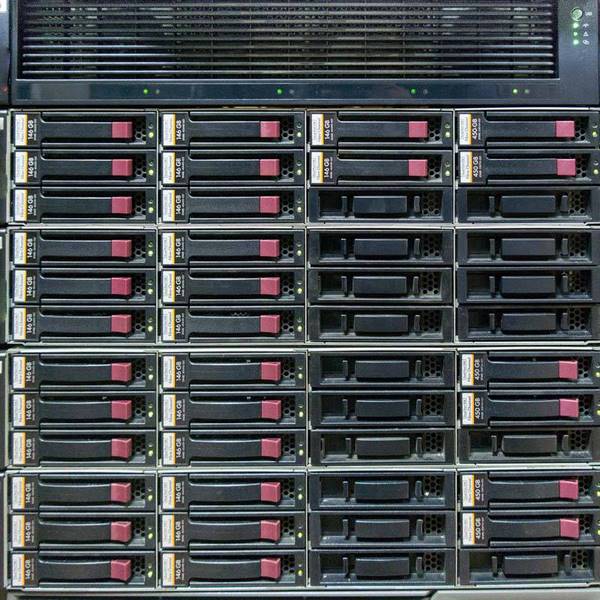JBOD
JBOD isn't a real RAID system. It means Just a Bunch Of Disks. A JBOD is a few disks put together as one big volume.
Function of a JBOD
JBOD, or Just a Bunch of Disks, is a storage configuration that differs significantly from RAID systems in terms of operation and data security. Unlike RAID configurations that involve redundancy and parity levels for fault tolerance, JBOD provides no data protection measures.
In JBOD, data is simply written sequentially to each hard disk, one after another, until the first disk is full. Then, the second disk is used to store the remaining data, and so on until all available disks are used. This means that each disk is used independently, without data distribution or calculated parity.
However, this approach has a major drawback: the loss of a single hard disk results in the total loss of the data stored on it. Unlike RAID configurations that allow data recovery through redundancy or parity, JBOD has no protection in the event of a hard disk failure. If a hard disk in JBOD fails, all the data it contained is irretrievably lost.
Despite this lack of data security, some people consider JBOD to be safer than RAID 0. This is because with JBOD, data is spread across multiple hard disks, which slightly reduces the risk of total data loss compared to a single hard disk used in RAID 0. However, it is important to note that JBOD provides no data redundancy or protection and is therefore less reliable than RAID configurations that offer levels of fault tolerance.
In conclusion, JBOD is a simple and cost-effective storage configuration, but it provides no data security. Any hard disk failure results in the total loss of the data stored on it. Although some consider JBOD to be slightly safer than RAID 0 due to data distribution across multiple disks, it is important to consider the risks and choose an appropriate storage configuration based on security and fault tolerance needs.
JBOD failures
The common JBOD failures are :






